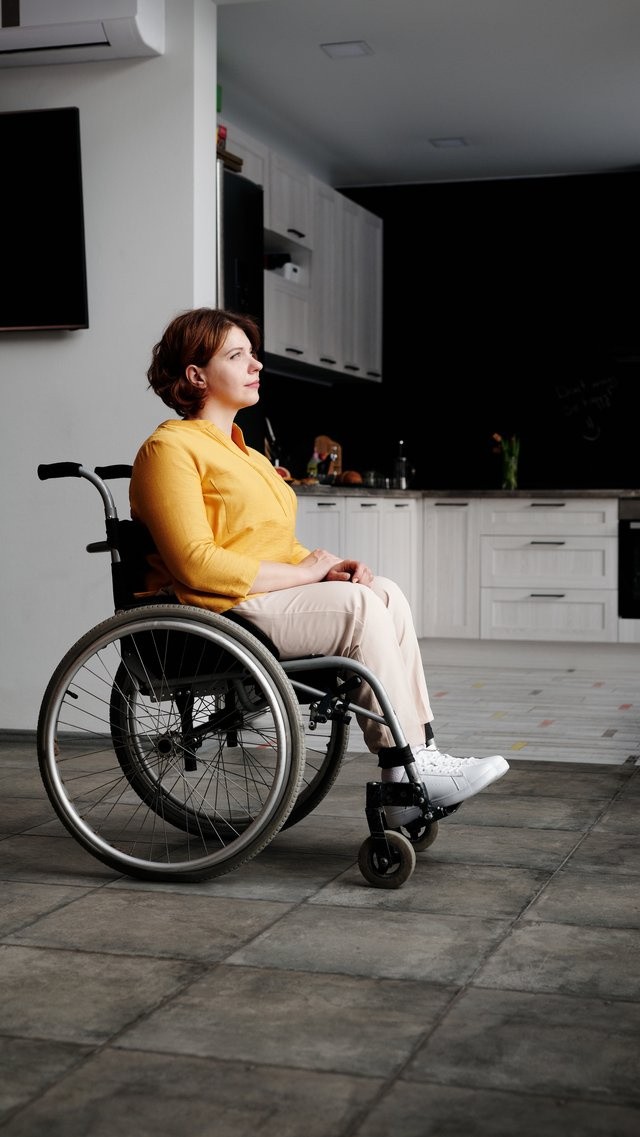People With Disabilities Continue to Face Problems Over Voting Rights
Persons with disabilities still continue to face discrimination in their right to vote even after the Americans with Disabilities Act was signed into law 30 years ago.

More problems should be addressed as the U.S. election nears. One of these is the discrimination issue that American people and U.S. citizens who have disabilities encounter in their right to vote. Currently, there are 61 million people living with disabilities in the country, according to the Centers for Disease Control and Prevention.
In a published article in USA Today, Americans with disabilities still continue to experience access issues during election and that includes inaccessible polling locations, under-trained polling workers, and non-working voting machines for persons with disabilities.
The disability right advocates are now raising more concerns as the global pandemic adds another problem to the persons with disabilities when it comes to their safety of voting in-person during the November election. So far, they are the largest minority group in the country but it is not clear as to how many of them are eligible to vote.
Michelle Bishop, who works on voter access initiatives for the National Disability Rights Network, said that nobody should have to choose between being able to cast their ballot and protecting their health. Persons with disabilities should not be deprived of the right to vote.
When the Americans with Disabilities Act was signed into law 30 years ago, it required the state and the local officials to make voting accessible, voter registration, and voting locations for both early voting and Election Day.
There are other checklists that the state and local officials should also comply with and follow according to the ADA. This includes parking spaces and ramps to ensure that people with disabilities can go their polling station to vote.
However, a study from the Government Accountability Office has shown that oftentimes the guidelines for required for polling places are not followed. The GAO found out that 60 percent of the 178 polling locations in 2016 had at least one potential barrier that deprives the persons with disabilities not to exercise their right to vote.
According to GAO, the most common barriers are ramps, signage for accessible paths, and parking or path surfaces. In the same study, 73 percent of the surveyed 730 polling locations had some potential barriers in 2008.
Moreover, the 2016 study reveals that 65 percent of the 137 voting areas had potential barriers to using at least one of their accessible voting systems. The GAO found out that the voting stations and ballot-marking machines did not accommodate wheelchair users.
Bishop said, "It has real consequences for voters on Election Day when you show up to your polling place, and the equipment that's accessible to you isn't even ready, or the poll workers haven't been trained on it"
These problems should be addressed before the election happens in November. Persons with disabilities have the right to vote and it is one of their ways to express themselves.
Check these out!
Subscribe to Latin Post!
Sign up for our free newsletter for the Latest coverage!

















